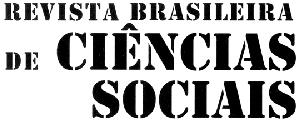How do members of the privileged groups perceive themselves? Which groups do they consider as “the others”? Which aspects, characteristics, and dimensions of these groups do they mobilize in order to make these distinctions? Which perceptions about themselves and about what distinguishes them from others do they transmit to their children? Drawing data from an ethnography of an elite social club located in a city in the state of São Paulo, the article (i) describes the social and symbolic boundary work in which members of certain fractions of the upper classes engage in order to define and negotiate differences from other fractions and from members of other social groups; (ii) identifies elements of the belief system that gives meaning to this work, showing the centrality of the moral boundaries, and (iii) documents processes by which children and adolescents integrate with it. By revealing how beliefs are mobilized in everyday interactions and transmitted to the new generations, the article offers a contribution to the studies on Brazilian social inequality, acknowledging the reinforcement that individuals give to the social hierarchies inscribed in institutions.
Social inequalities; Social boundaries; Symbolic boundaries; Elites; Brazil
